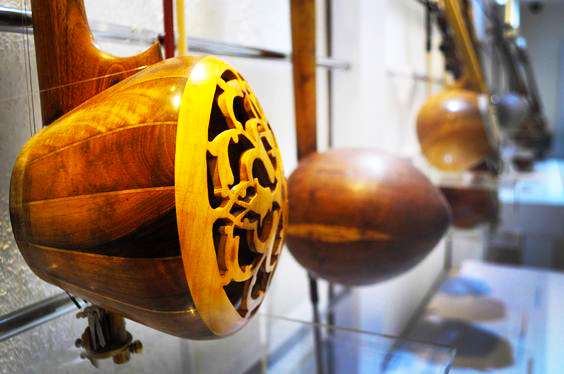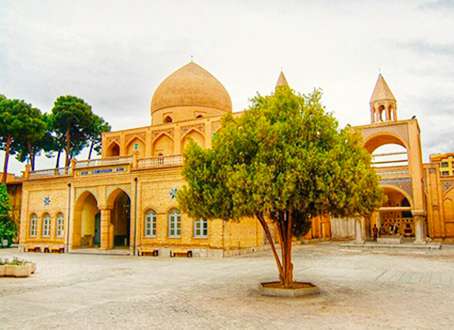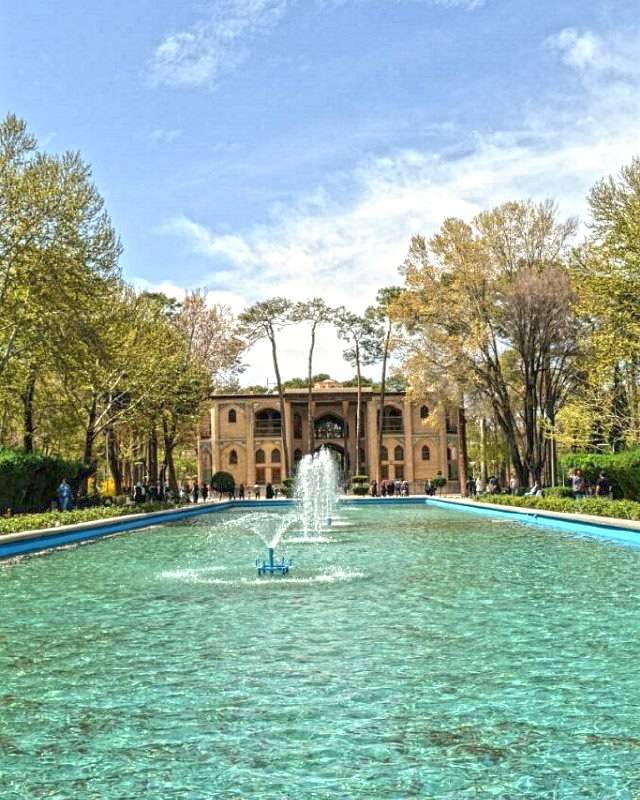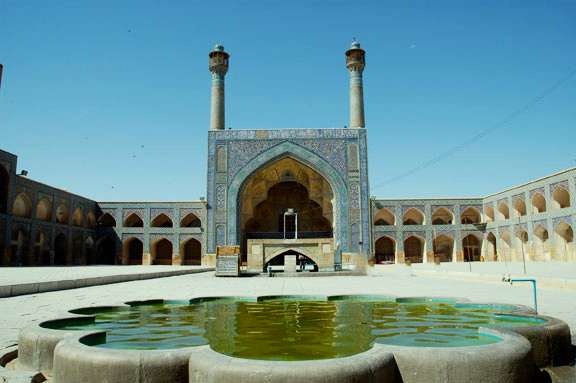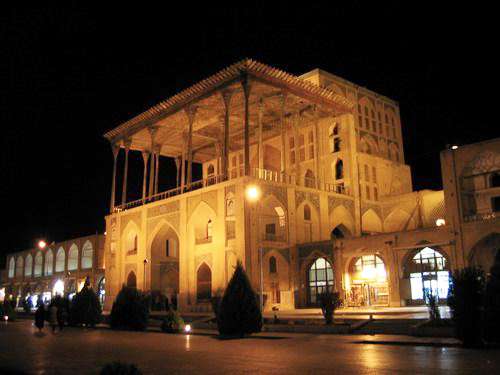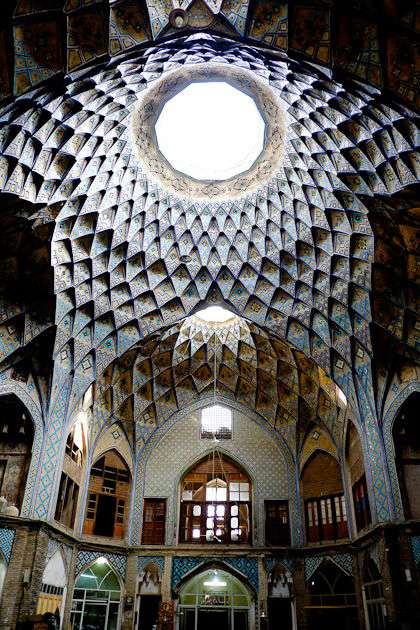Tourist Attractions & Activities in Isfahan
Isfahan
Located on the skirts of the Sofeh Mountain, the city of Isfahan spans over 106.179 square kilometers, with the Zayande Rad River (Zāyande Rūd River) passing through its heart. Isfahan is the third biggest city of Iran, famous for its journey through the history which has left famous traces over the face of this city, significantly from the Seljuk (11th-12th centuries) and Safavid (16th-17th centuries) dynasties. The artful bridges, magnificent palaces and mansions, spectacular mosques with turquoise domes and exquisite tilework, have won the city the title of “Cultural Capital of the Islamic World”. Besides structures manifesting the traditional Iranian as well as Islamic architecture, the city also houses graceful Armenian Apostolic Churches, old Armenian schools and houses as the city is also a house to a considerable number of Armenians. Several periods of economic and artistic prosperity in the previous capital of Iran have resulted in serious artistic and industrial achievements in this city, attributing different titles to the city such as “Isfahan, half of the world” and “The City of Turquoise Domes”.


